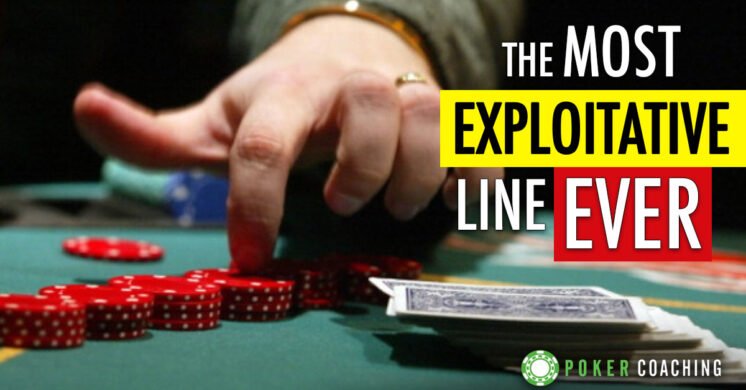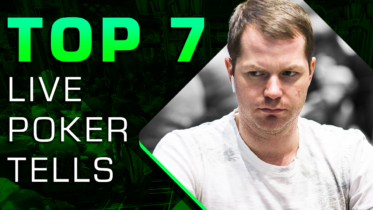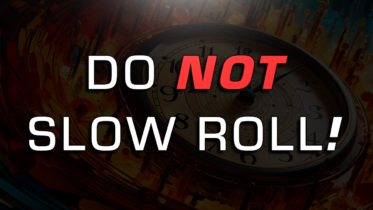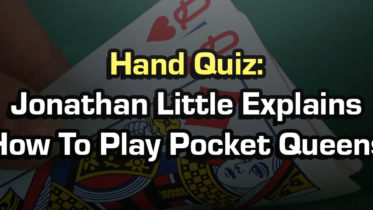Let’s put you in a situation: You are on the button with A-Qo. It’s folded around to you in a $100 buy-in tournament in your local casino. You raise. Dustin Richards is in the big blind. He’s a nice guy. He works in waste management. He likes cards and sports, but this isn’t his obsession. He plays for fun.
The GTO Line
You raise to 3X. Dustin calls out of the big blind. You’re both 50X deep. The board comes Ah-2s-4c. He checks to you. What do you do here? Should you check? Do you bet 1/3rd pot? Do you bet half the pot? Do you bet more? I want you to imagine your answer and ask yourself why you came to that solution.
Did someone tell you that was the right move one time? Did you vet the move yourself? You might be saying, “I’m playing range versus range GTO here Alex. I blend my range. I check a certain percentage of the time, and I vary up bet sizings.”
That’s great! GTO has helped many players become great high stakes champions. But it’s far more difficult to teach GTO ranges. Range versus range visualization is one of the most difficult muscles to develop in No-Limit Hold’em. If GTO hasn’t done anything for you, and you mostly play low-to-mid stakes tournaments anyway, we can pocket a few exploitative plays that will help us.
If this hand occurred in a vacuum and was likely to never occur again, what would your answer be? If you have a different answer now, I want to ask you a question: Isn’t that the exact situation you’re always in live poker? You’re going to play 30 hands an hour with strangers who rotate in and out. You’re rarely going to see the same situation twice. Even if you did, it’s unlikely Dustin will remember the exact details of this hand. If he does remember the details, he likely won’t know what to do with them.
The Best Way to Exploit
Given you’re probably going to get to see this situation once, and one time only, what is the best way to exploit our friend Dustin? Now, think of that answer. But, I have another question for you: how much would you bet on this flop if you have Td-8d? If you’re looking to maximally exploit your opponent, and you assume these situations are occurring within a vacuum, then these answers should be different.
Think about it: If you have A-Q on the A-2-4 board then you’re betting for value. What are you getting called by? He didn’t flat the big blind with many 4-X or 2-X combinations. He has an ace and he’s calling, or he has nothing.
Make Dustin pay! You know if you bet 80% of the pot he’s not folding A-6. Then if you bet 70% on turn and river you’re going to win a massive pot!
What if you have 10-8?
Then you should bet 1/3rd pot. He either has an ace or nothing. If he has jack high he’s going to fold to whatever reasonable bet you put out there. If he has an ace he’s likely not folding if you overbet the pot. Therefore, if you’re looking to just fold out suited connectors, J-highs, Q-highs, and some K-highs then you can go with a small bet.
Now, many of you are probably reading this going, “this has to be wrong! He’s saying I should adjust my bet size based on what I have in my hand?! Then I’ll be so exploitable!”
You’re absolutely right. You will be exploitable. That’s why you should work on GTO ranges if you ever play higher stakes tournaments versus good players who are wary of these tricks.
But in a smaller stakes game versus Dustin you will be just fine.
Exploitative lines are fun to use when you’re starting because you’ll most likely get away with them. They lead you to making more money and feeling better about your game. It gives you the excitement of manipulating ranges for your first time. That is a beautiful foundation to build upon.



